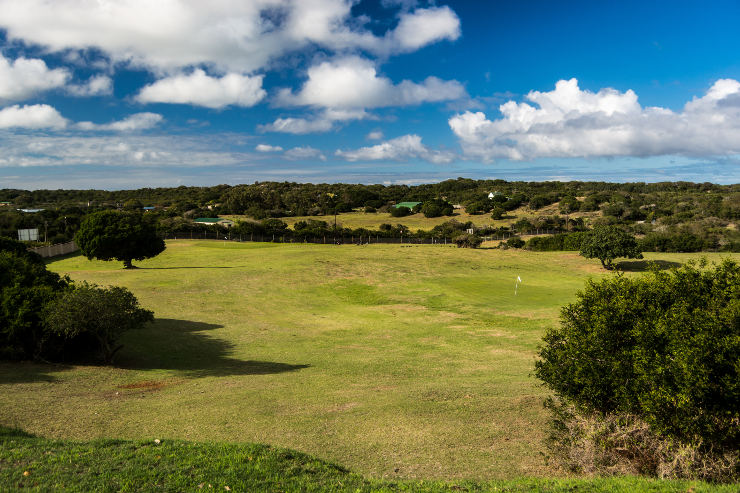The course at the Sardinia Bay Golf & Wildlife Estate has undergone some minor changes due to continued development on the property, but it remains a substantial challenge for golfers.
The main difference is that the par-five sixth – the 13th hole on the back nine – has been reduced to a par-four, making par for the course 64 instead of its previous 66.
The tee-box was previously placed on a plot and with this having been sold, general manager Stephen Volker said they had to bring the tee forward several metres.
While it shortens the hole, which is a dogleg left, it still presents an intriguing test.

The big hitters may be interested in trying to clear the bushy area on the left, which spreads towards the fairway. That offers a direct line to the green but contains a risk-and-reward element.
The more conservative approach would be to play to the right side of the fairway, but that does bring the well-placed water hazard into play if you are a little wayward.
To compensate for losing the par-five, Volker said they had moved the boxes for the 11th, 12th and 14th holes significantly back, which presented contrasting challenges.
“We needed to find more length somewhere and setting up these tees does make a big change to the character of the holes,” he said.
“For instance, the second hole [a par-three] has a front tee measuring 112 metres, but it plays 145 metres off the back tee, so that is a considerable difference.”
He added that they had created a similar scenario on the 12th hole with a back tee, which meant the hole retained its rating as the course‘s stroke one.
“At a distance of 360 metres, this hole still remains a big test and into a breeze it can easily play as a par-five.”
Besides the course adaptations, Volker said they had invested in new machinery, enabling them to improve the condition of the course.
“The one machine is a verti-cutter, which has made a huge difference to the greens.
“The blades push through the green’s surface and allow us to pull the thatch which lies underneath. This is dead organic matter which, when removed, allows the grass layer to be closer to the sand layer, and that helps with growth and to speed up the greens.
“It also aids growth by cutting the shoots off and encouraging them to grow in different directions.
“We have had the machine for about two months, using it every two weeks, and there has been a huge improvement in the quality of the greens.”
Volker added that they were also verti-cutting an area of about 10 metres surrounding the greens.
“This helps to provide a bit of leeway and allows you to play the bump-and-run shots which are typical of a links-style course.
“The grass is thick around the greens but we are gradually thinning it out and we will keep working to maintain a high conditioning level.”
After a number of changes to the course over the last four years he felt it was now time to let it “settle down”.
“If we can let it develop over time and keep up the manicuring on a regular basis the course will become a really top-quality layout.”
